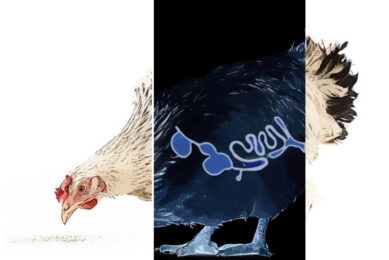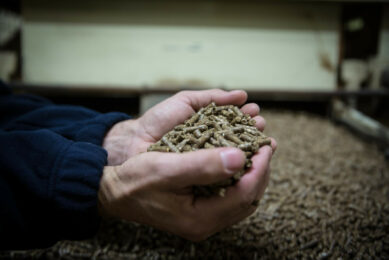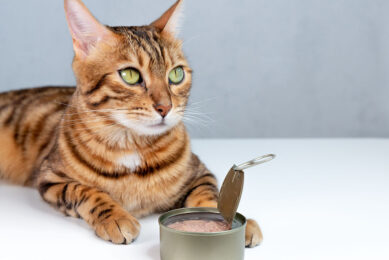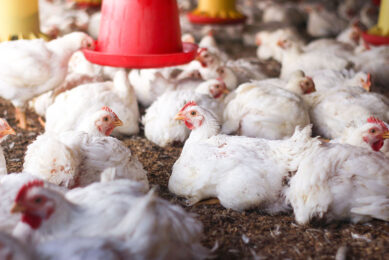Some Salmonella types are more susceptible to becoming hypervirulent
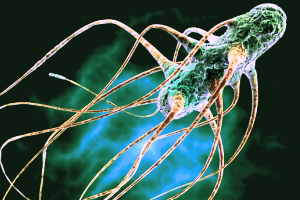
A group of researchers from the Universities of California, USA and of Sydney Australia have published a study on the ability of certain Salmonella subspecies to become hypervirulent after passing through an animal, in PLoS Pathogen.
Salmonellosis still has a detrimental impact on human health, animal welfare, and modern agriculture, and if it is to be controlled, how the pathogens emerge and attain the adaptive traits of hypervirulence and prevalence needs to be understood.
Increased virulence is often brought about by the passage of the virus through animals. The researchers findings show that while this is globally true, some species of Salmonella display a greater proclivity for becoming hypervirulent after animal passage.
The resultant hyperinfectious strains are:
- among the most virulent salmonellae reported;
- restricted to certain serotypes;
- able to override the immunity conferred in vaccinated animals.
The induction of hypervirulence was responsive to subtle changes in environmental conditions and, potentially, may occur in other salmonellae serotypes after passage through certain hosts and/or exposure to certain environmental variables; a response that may be common across the microbial realm.
Thus, management practices and environmental conditions inherent to livestock production have the potential to inadvertently trigger hypervirulence (e.g., diet; herd size; exposure to livestock waste and/or antimicrobials).
From a farm management perspective, careful consideration must be given to risk-management strategies that reduce emergence/persistence of these potential food-borne contaminants to safeguard public health and reduce industry-associated losses.
Source:
PloS Pathogens




